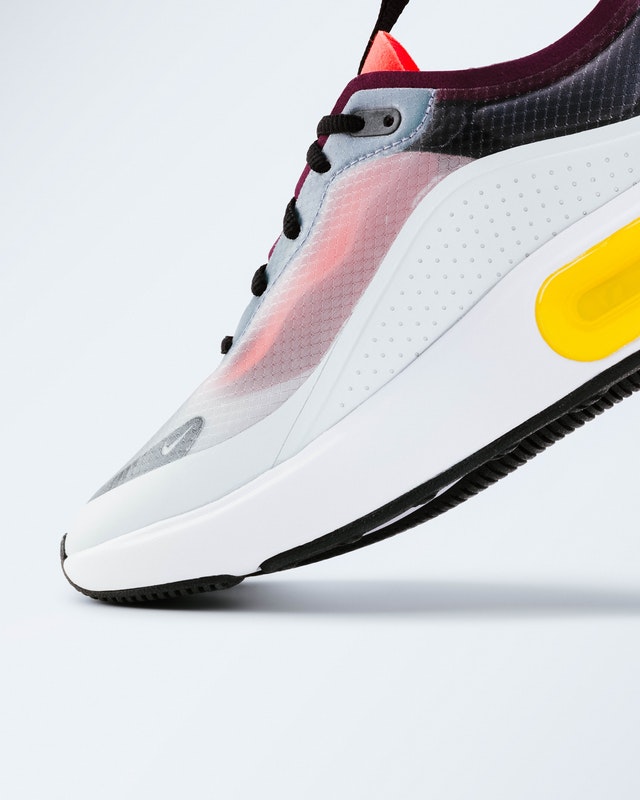Nike Supply Chain Time-Based Competition (TBC)
Introduction
Nike is multinational company that designs, develops, manufactures, and markets sports equipment, footwear, clothes, and accessories. The company was established in 1964 and has over the years grown to into a strong international brand (Success Story 2019). Nike’s success in the last couple of years has, in part, been linked to the changes it has made to its systems and its revolutionary approach to manufacturing and product distribution. Some of the changes made to the company’s manufacturing processes, systems, and supply chain management have enabled Nike achieve time-based competitiveness. Dempsey et al. (2014) define time-based competition (TBC) as the strategic advantage gained from making the order-to-delivery cycle more compact, efficient, and cost effective for both the supplier and the consumer.

In other words, time based competition seeks to reduce the time required to propose, design, develop, manufacture and deliver products (Blackburn 2012). As noted by Olah et al. (2018), time-based competition (TBC) essentially involves the use of time (vis-a-vis cost) as the main factor for achieving and maintaining competitive advantage – Nike Supply Chain Time-Based Competition.
Nike and Time-Based Competition
With respect to time-based competition, Nike has succeeded in significantly lowering the amount of time it needs to manufacture its shoe products from as much as 18 weeks to only a few days. According to Bain (2017), this it has achieved by reducing the number of steps ordinarily involved in manufacturing shoes from design to prototype development ready for production. Ordinarily, the company would have to develop or produce several patterns, moulds, samples, and prototypes before commencing actual production. However, the company has reduced these numbers by relying on technologies such as Computer Aided Design (CAD), 3-dimensional imaging, and simulation. These technologies enable the company bypass some of these time consuming stages in the process of developing products (Huang 2016; Bain 2017). In addition, the company applies several innovative technologies as part of its manufacturing processes, which enable it produce several products within a much shorter duration. Read more …